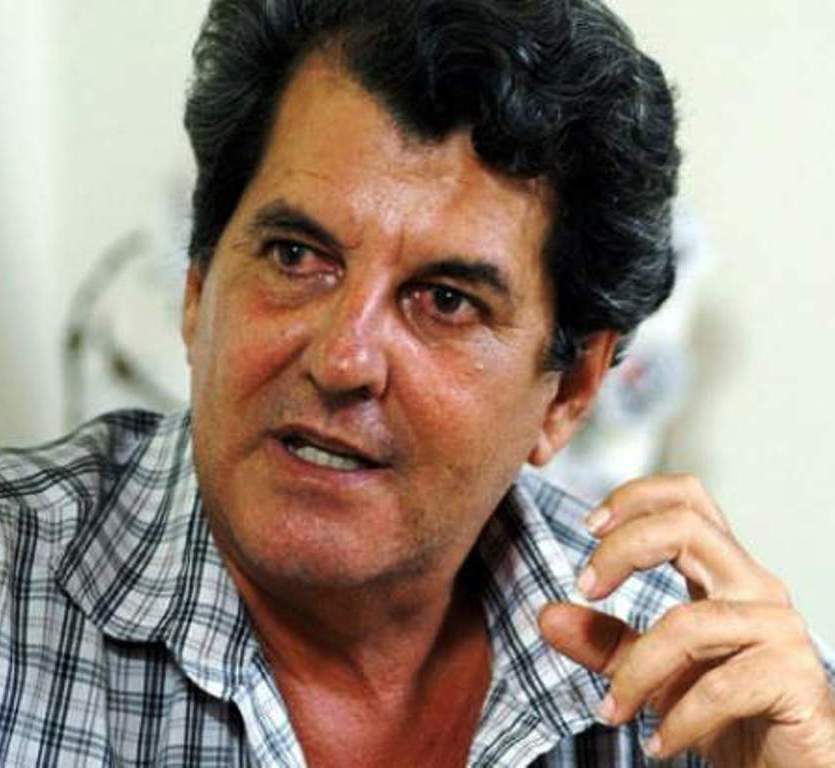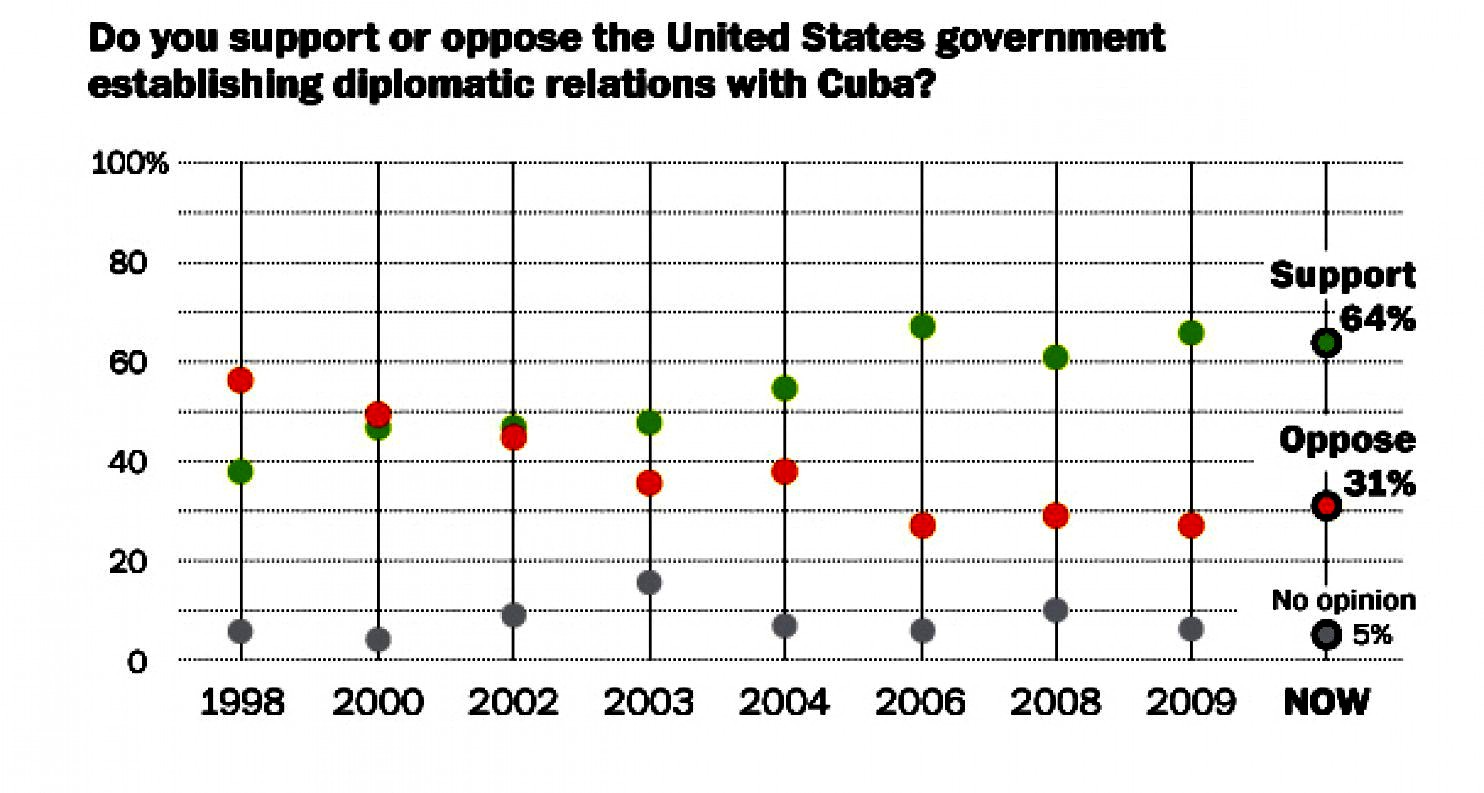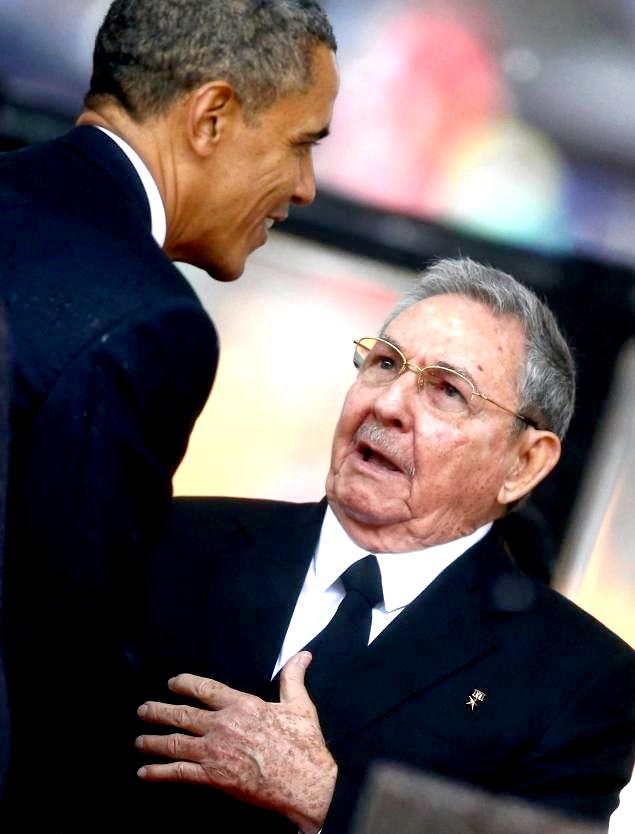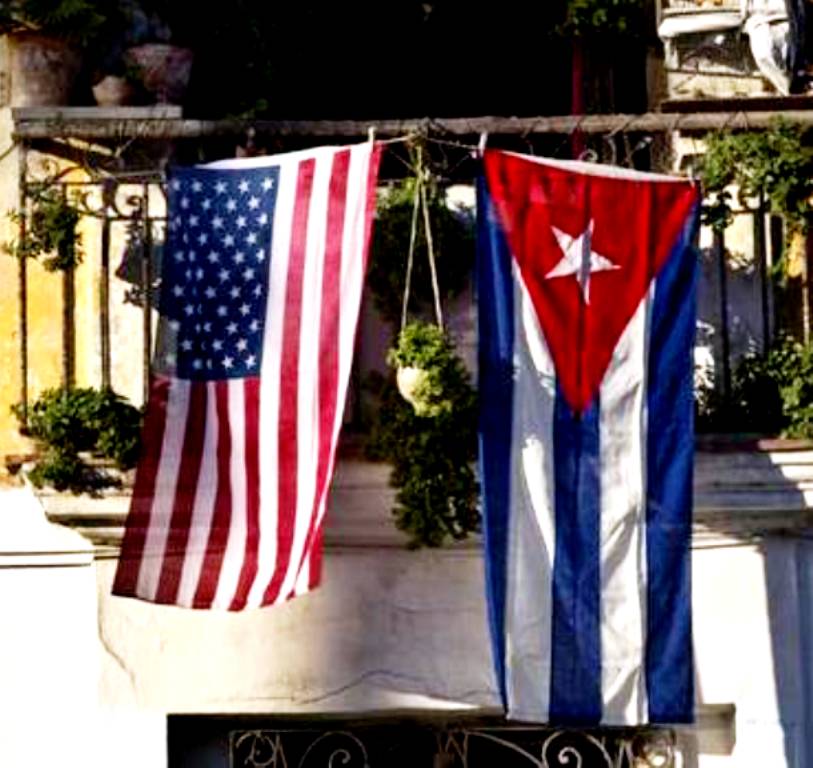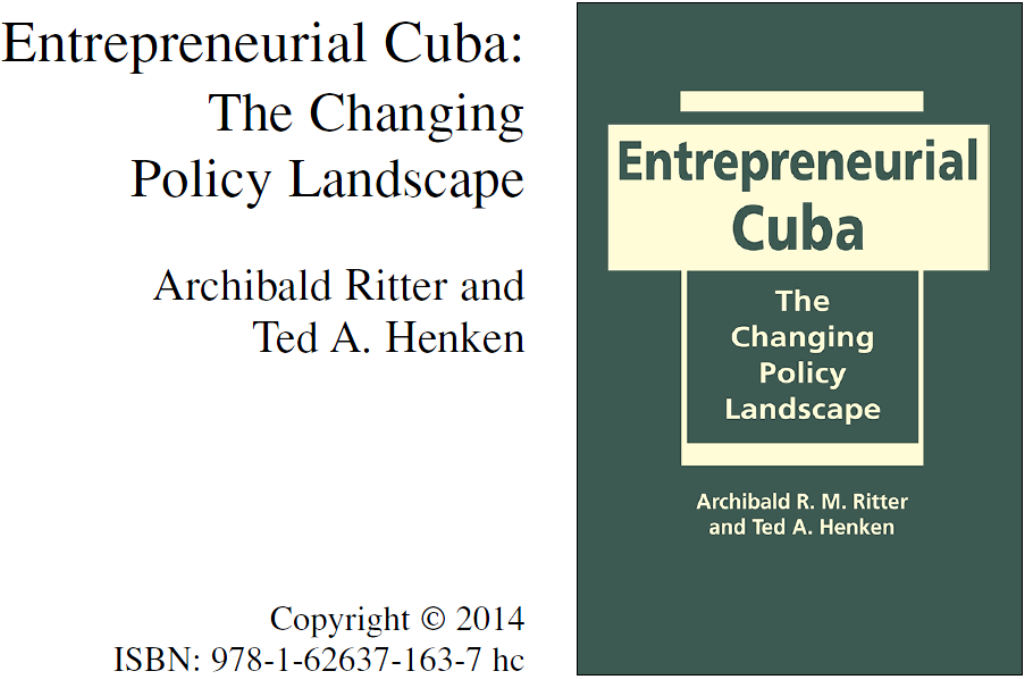Wed Dec 24, 2014
By Marc Frank
HAVANA, Dec 24 (Reuters) – Cuba released more information on its fragile external finances this week than it has in over a decade, as it seeks foreign investment and credit following its sudden improvement in relations with the United States.
The government revealed a healthy current account surplus of $1 billion for 2014, supported by remittances and the re-export of oil that it receives on favorable terms from Venezuela, its closest ally. An estimate of foreign currency reserves, normally a state secret, has also surfaced. Western diplomats told Reuters they had seen a figure of $10 billion on what appeared to be an official economic report.
The revelations followed U.S. President Barack Obama’s announcement last week that Washington would restore diplomatic ties with Cuba and lift some economic sanctions in a dramatic about-face after more than five decades of confrontation.
Hungry for fresh credit but in no position to enter the bond market, Cuba has over the past four years restructured billions of dollars worth of debt with China, Japanese commercial creditors, Mexico and Russia, obtaining substantial reductions in what it owed in exchange for payment plans it can meet.
It has also significantly increased tax incentives for foreign investment, although companies say tax cuts are not enough and complain about a lack of information needed to make investment decisions.
Debt negotiations with the Paris Club of creditor nations may begin next year after 18 months of informal contacts, according to European diplomats, but they say Cuba will have to first open its books. It appeared to be making a start this week.
FRESH FIGURES
Diplomats said the reserves figure of $10 billion seemed feasible as Cuba has increased its reserves for fear of economic and political turmoil in Venezuela. It also plans to unify the dual monetary system and devalue the one-to-one exchange rate with the dollar.
Cuba last reported its “active” foreign debt, accumulated after it declared a default in the late 1980s, as $13.9 billion in 2011. It no longer reports its “passive” debt from before the default, which economists estimate at $8 billion.
Pavel Vidal, a former Cuban central bank official who now lives in Colombia but follows Cuba’s finances closely, said he estimates the foreign debt is “somewhere between $25 billion and $30 billion” and that a $10 billion reserves figure is plausible.
The current account showed a surplus of $1 billion this year but will drop to $5 million in 2015 as Cuba increases imports by 13 percent to stimulate growth, according to Economy Minister Marino Murillo, a significant admission for a country that usually waits three years to report such information. He revealed the information in a closed-doors session of the National Assembly last week and it was broadcast by state media on Monday.
Since President Raul Castro took over for older brother Fidel in 2008, Cuba has achieved significant trade and current account surpluses after years of deficits. Exports have risen more than 50 percent while imports have grown less than 8 percent as the government tries to regain international credibility by improving its finances and meeting debt payments.
Remittances totaled $1.7 billion this year and the re-export of Venezuelan oil brought in $765 million, Murillo said in offering a fairly detailed line item review of the current account for the first time in more than a decade.
He also said the payment of dividends to foreign joint venture partners would increase from $120 million this year to $447 million in 2015. Most surprisingly, Murillo, Castro’s point man charged with dismantling the old Soviet-style economy and building one similar to Asian communism, said Cuba obtained $5.7 billion in credit to cover the same amount in debt payments in 2015.
“To open the international financial gates Cuba will have to be much more transparent in releasing economic data, especially on its balance of payments,” said Richard Feinberg, the author of several studies on Cuba’s need to join the international financial community. “This new data release is a step in the right direction.” (Reporting by Marc Frank; Additional reporting by Daniel Bases in New York; Editing by Daniel Trotta and Kieran Murray)

